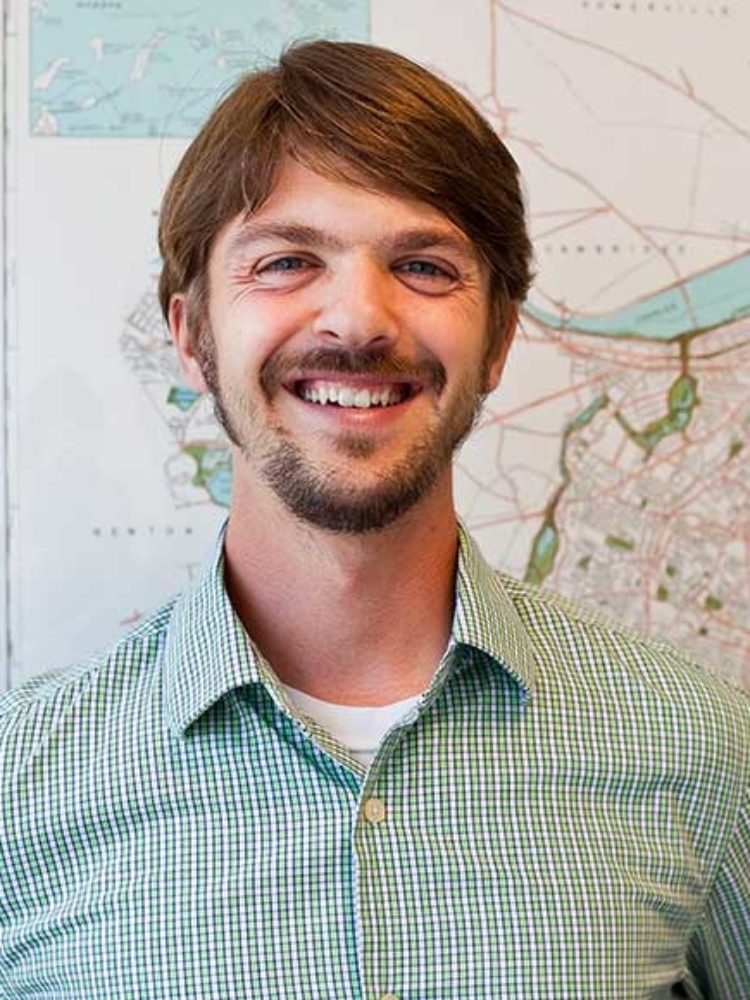We are excited to announce a series of presentations this semester hosted by the SUNLab which will focus on urban dynamics, behavioral big data, and experienced inequality in cities.
We’ll also be hosting a film screening and panel Q&A on May 1st of the documentary Join or Die. Please RSVP here!
We’re very grateful to the visitors who will be sharing their research with us and look forward to seeing everyone at these events!
Upcoming Events:
Dean Eckles (MIT) – Long ties and tendencies toward triadic closure
- When: Friday, March 7th @ 1:30 to 2:30 pm
- Where: 11th Floor, 177 Huntington Ave
Qi “Ryan” Wang (Northeastern) – Urban Mobility, Inequality, and Environmental Justice: Insights from Big Data
- When: Thursday, March 20th @ 1:00 to 2:00 pm
- Where: 11th Floor, 177 Huntington Ave
Dan O’Brien (Northeastern) – The Pointillistic City
- When: Thursday April 17th 1:30 to 2:30 pm
- Where: 11th Floor, 177 Huntington Ave
Film Screening + Panel Q&A – Join or Die – A documentary film about Prof. Robert Putnam’s “Bowling Alone” theory
- When: Thursday, May 1st @ 5:30 to 8:30 pm
- Where: Conference Room 440, Egan Research Center (Main Campus)
- There will be refreshments. Please RSVP here!
Arianna Salazar-Miranda (Yale) – Urban Mobility, City Structure, and Segregation
- When: Friday May 29th @ 1:00 to 2:00 pm
- Where: 11th Floor, 177 Huntington Ave
Full details of the presentations:
Dean Eckles
William F. Pounds Associate Professor of Management and an Associate Professor of Marketing at MIT Sloan
Long ties and tendencies toward triadic closure
Empirical social networks are characterized by a high degree of triadic closure (i.e. transitivity, clustering), whereby network neighbors of the same individual are also likely to be directly connected. It is unknown to what degree this results from dispositions to form such relationships (i.e. to close open triangles) per se or whether it reflects other processes, such as homophily and more opportunities for exposure. These are difficult to disentangle in many settings, but in social media not only can they be decomposed, but platforms frequently make decisions that can depend on these distinct processes. Here, using a field experiment on social media, we randomize the existing network structure that a user faces when followed by a target account that we control, and we examine whether they reciprocate this tie formation. Being randomly assigned to have an existing tie to an account that follows the target user increases tie formation by 35%. Through the use of multiple control conditions in which the relevant tie is absent (never existent or removed), we are able to attribute this effect specifically to a small variation in the stimulus that indicates the presence (or absence) of a potential mutual follower. Theory suggests that triadic closure should be especially likely in open triads of strong ties, and we find evidence of larger effects when the subject has interacted more with the existing follower. These results indicate a substantial role for dispositions toward triadic closure, which platforms and others can choose to leverage in encouraging tie formation, with implications for network structure and the diffusion of information in online networks. I contextualize these results in the broader context of the value of long ties — or ties not part of closed triads.
Qi "Ryan" Wang
Associate Professor and Vice Chair for Research, Civil and Environmental Engineering at Northeastern University
Urban Mobility, Inequality, and Environmental Justice: Insights from Big Data
Cities today face mounting challenges, from large-scale crises and climate change to the needs of aging populations. These forces profoundly shape human mobility, influencing how people move, interact, and access essential services. This talk examines the complex interplay between urban mobility, environmental justice, and social inequality, leveraging research on mobility data, air quality exposure, and accessibility disparities. Through case studies such as the BostonWalks study, we explore how movement patterns contribute to unequal pollution exposure, disparities in service access, and resilience to external shocks like COVID-19 and extreme weather events. By integrating mobility analytics with environmental and demographic data, we reveal structural inequities in urban spaces, highlighting how marginalized communities often bear a disproportionate burden. This discussion will showcase key findings on mobility rhythms, environmental disparities, and aging populations' access to critical services, providing a data-driven lens to understand and address urban inequality.
Daniel T. O'Brien
Professor of Public Policy and Urban Affairs and Criminology and Criminal Justice at Northeastern University
The Pointillistic City
The Pointillistic City extends the classic observation that "neighborhoods matter" for health and well-being, arguing that we need to pay more attention to the other geographic scales that we live at—including streets within neighborhoods and even properties within streets—and how they each affect us. This is analogous to a pointillistic painting, which is similarly organized into dots within objects and objects within a full image. This "pointillistic perspective" surfaces microspatial inequities, or disparities between people living in the same neighborhood, as a pressing and overlooked concern for our science, policy, and practice. The book illustrates this perspective through two civic research projects: one on the impact of problem properties on public safety; and the other on the pertinence of "urban heat islets" and other hyperlocal hazards to environmental justice. It ends with guidance for designing policies and practices that address microspatial inequities, with an emphasis on putting cutting-edge data in the hands communities.
Arianna Salazar-Miranda
Assistant Professor of Urban Planning and Data Science at Yale University
Urban Mobility, City Structure, and Segregation
This talk brings together three papers that use GPS mobility data to study how a city's spatial configuration and size shape mobility and social outcomes. I begin by showing that Americans routinely travel far from home—only 14% of daily consumption trips occur within a short walk. The fact that most trips are long raises environmental concerns since expanding cities may face increasing congestion, pollution, and other transportation-related challenges. In order to explore the relationship between city size and mobility, I analyze travel times across cities of different sizes and document that the total amount of time individuals spend travelling per day remains fairly constant regardless of city size. This regularity raises a key question: How do cities adapt to accommodate growing populations while maintaining similar travel times? Our findings show that urban areas adjust through densification, the development of multiple centers, and investments in faster infrastructure. Finally, I examine how these adaptations affect segregation. While trips far from home generally increase opportunities for interaction, their ability to reduce segregation depends on a city's spatial layout—less spatially clustered cities promote integration more effectively than highly clustered ones.



